The fourth annual LEAP Awards — celebrating leading engineering achievements in product design — was the largest yet. 2021 LEAP categories were divided across four the WTWH Media brands of Design World, Fluid Power World, Fastener Engineering, and EE World. These 12 categories include Additive Manufacturing • Connectivity • Embedded Computing • Hydraulics • Industrial Automation • Mechanical • Motion Control • Pneumatics • Power Electronics • Software • Switches & Sensors • and Test & Measurement.
Critical to LEAP’s success is the involvement of the engineering community. No one at WTWH Media selected the winners. Instead, the editorial team assembled an independent judging panel comprised of a cross-section of OEM design engineers and academics — 12 professionals in total. For each category, judges were free to award Gold, Silver, Bronze, and Honorable Mentions. In the category of industrial automation, there were three Honorable Mentions and a tie for Bronze.
Honorable Mention to Nexen Group — NexSafe Functional Safety Certified Rod Locks
NexSafe Functional Safety Certified Rod Locks provide machine builders with a reliable, verified safety solution for emergency stopping and precision holding applications. These spring-engaged, air-released Rod Locks are compatible with almost all Pneumatic Cylinders or Round Shafts and Rails.
NexSafe products are also the first in North America to earn the Intertek Functional Safety (FS) Mark, certified to comply with ISO 13849-1 (Categories B through 4 and Performance Levels PLa through PLe).
NexSafe Rod Locks guarantee accurate positioning and provide precision holding while other operations are performed. Because the Rod Lock engages without causing any rod displacement and features extremely low backlash, they are ideal for precision applications. The large clamping surface provides uniform force to the rod contact area on every engagement, ensuring consistent performance.
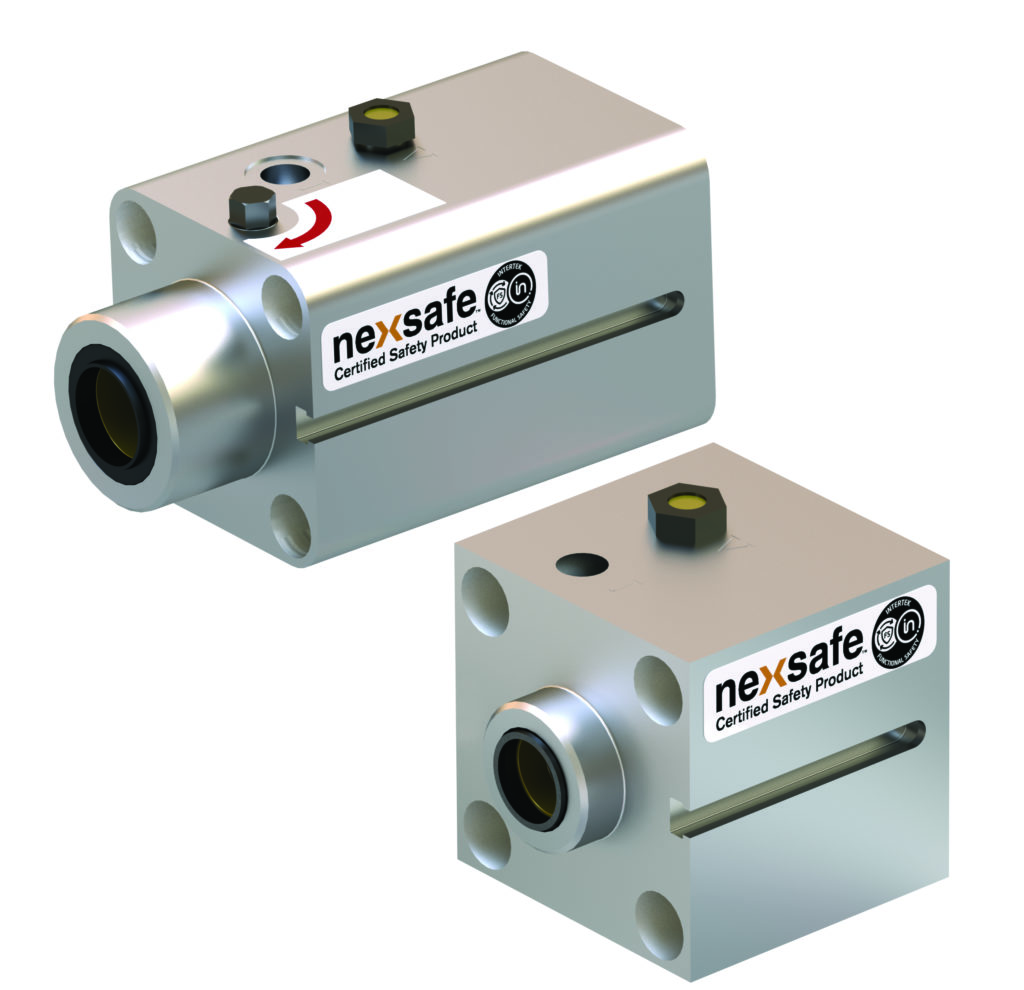
They are spring-engaged, so they operate even in power-off situations to promote safety for operators and machinery. Multiple springs ensure reliable performance and redundancy. The fast response time also increases positioning accuracy. NexSafe Rod Locks also feature Operating Mode Sensors for engagement or disengagement. These Industry 4.0-compatible sensors provide important information to maximize machine efficiency through operational feedback and predictive maintenance. Highlights include:
• Available in NFPA and ISO versions
• Default to lock
• IP67 rated (anodized models exceed NEMA 4X rating)
• B10D of 2 million cycles
NexSafe Rod Locks are used for applications that require precise holding, fast engagement, and high cycle rates over millions of cycles, such as:
• Automotive production
• Cyclical operations
• Food production (IP67)
• Gantry routing
• Platen presses
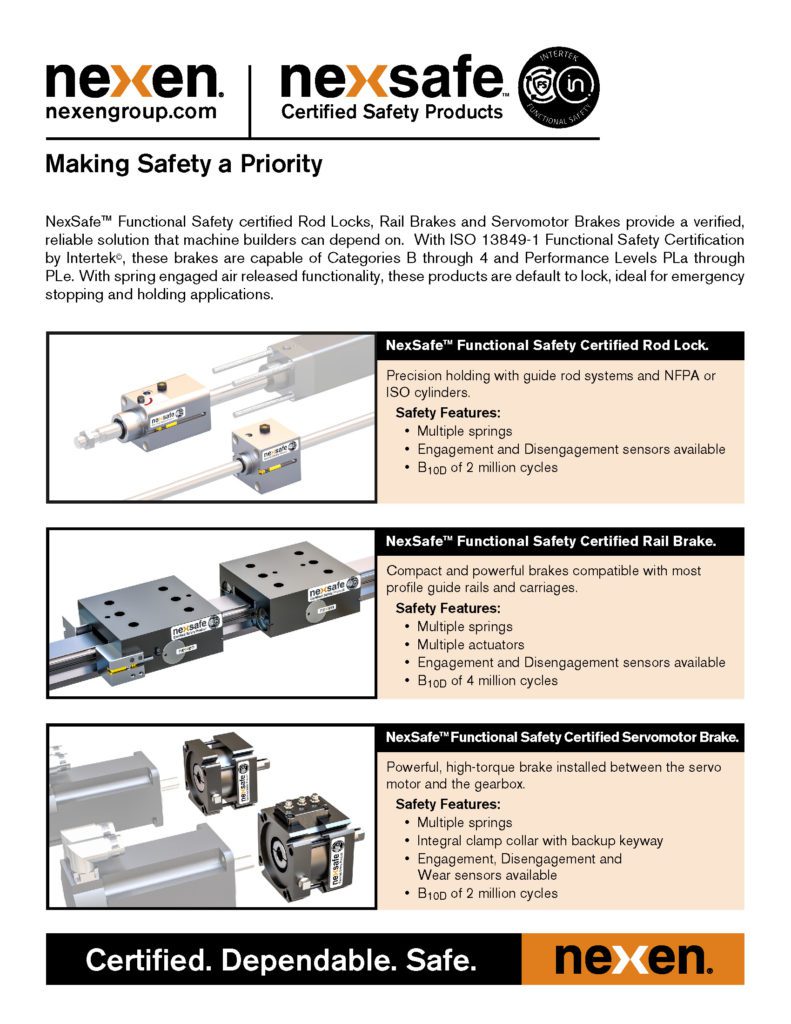
Honorable Mention to Akribis Systems — Punch and Pack
Akribis Systems Punch and Pack was designed to improve the die component separation and packaging process for critical technology components. The market requirement was not only to increase throughput and machine reliability but also to improve overall component quality.
As the traditional process of die separation uses two machines (separate die cut and packing units) the concept of designing a single machine was key to the development of the Punch and Pack. Utilizing Akribis’ proprietary direct drive motor technology and advanced control systems, the Punch and Pack allows all the separation of components from a reel and transfer of them to a packaging roll for assembly in a single machine. Some of the challenges the existing methodology face are defects in components either before or during singulation, managing orientation of components in packaging and machine up time due to reliability. The Punch and Pack takes the machine requirement and breaks it in to 9 main functional steps to realize perfect singulation and packaging by using high precision and a turret-based transfer mechanism. All operations of the system use cameras and sensors to ensure the components quality and are transferred and packed to specification while linking into an industry 4.0 manufacturing system.
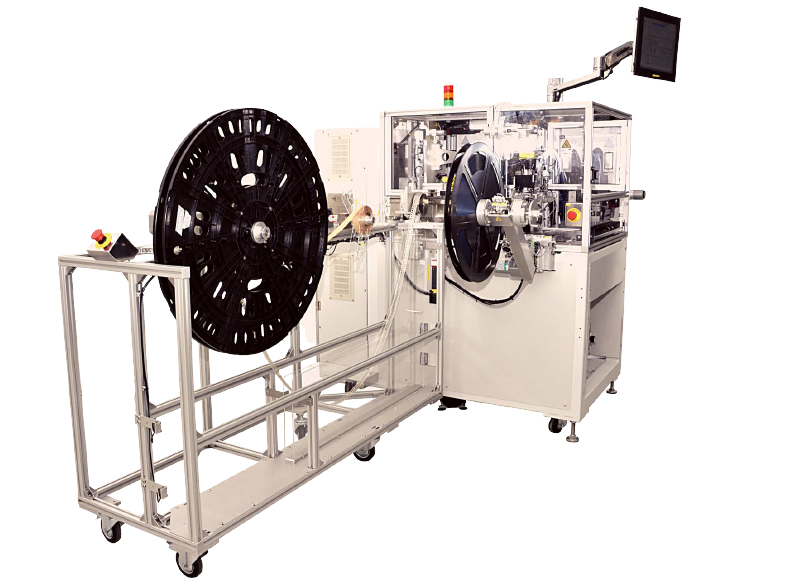
While the focus of the Punch and Pack is process improvement it is also important to highlight the financial benefits to the customer.
Turning two machines into one efficient unit without loss of performance reduces the need for operators, maintenance, and rework due to defective components in the assembly process. Making the system fully software configurable and connected to a customer’s network allows it to be an integral part of their overall manufacturing system, maximizing efficiency.
Honorable Mention to Schmersal — AZM40 Electronic Solenoid Interlock
The AZM40 is a safety rated solenoid interlock with an integrated radio frequency identification (RFID) based electronic safety sensor. The AZM40 Series is designed for machine/work cells where access to a hazardous work area must be controlled until safe conditions exist. The solenoid lock provides 2000 N to secure the machine guard until dangerous conditions, which may exist immediately after removal of power, have abated.
The housing is amazingly compact: 40 x 119 x 20 mm, with the mounting holes placed centrally in the housing to match the channel in typical extruded profiles used in guard doors. It has mounting versatility with a symmetrical housing and 180 degree opening for the actuator to approach from almost any angle.
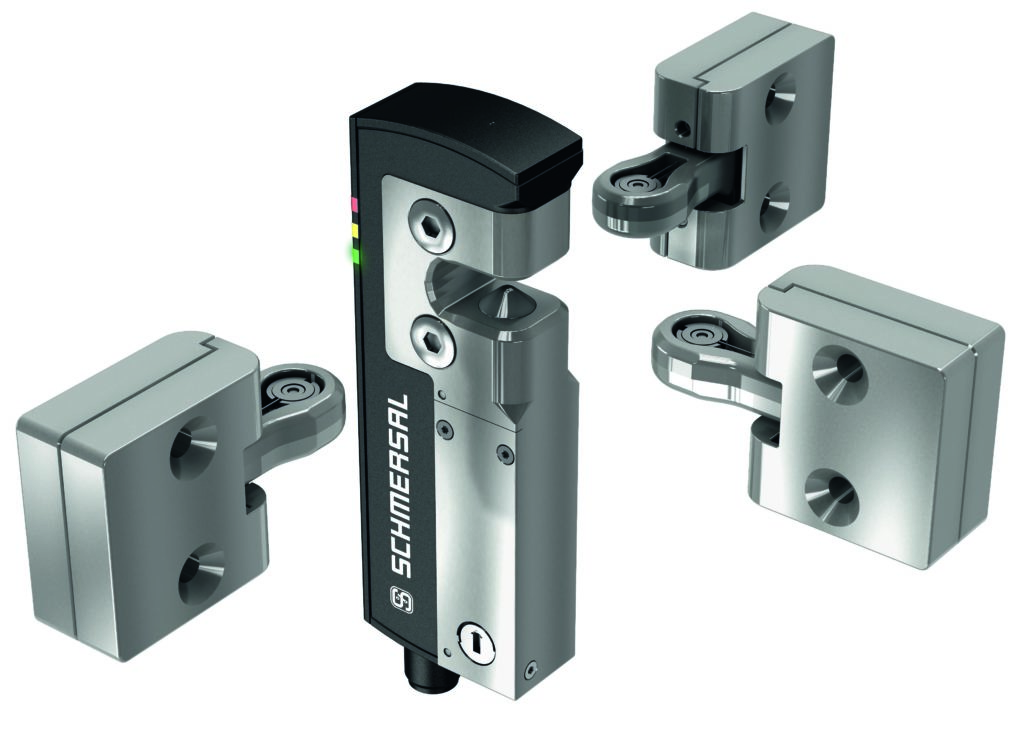
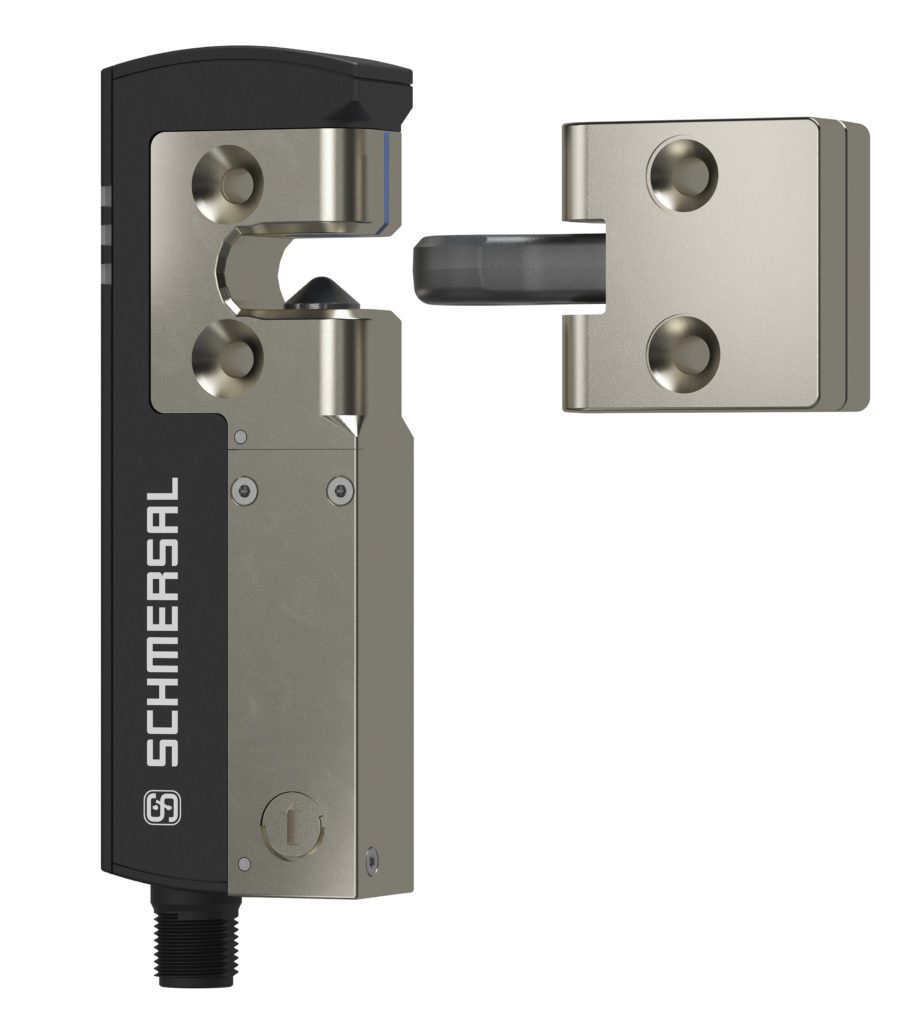 The AZM40 works on the bistable principle: the interlock only requires power when the door is to be locked or unlocked. In the event of a power cut, it retains the current position. Models of the AZM40 are also configured for guard locking or process locking applications.
The AZM40 works on the bistable principle: the interlock only requires power when the door is to be locked or unlocked. In the event of a power cut, it retains the current position. Models of the AZM40 are also configured for guard locking or process locking applications.
The inclusion of the RFID sensor offers the option of individual coding: I1 and I2 models allow an actuator to be taught in so it is the only one recognized by the sensor. This makes it a Type 4 interlock per ISO 14119, with a high coding level with this individual coding option. The AZM40 series is compliant with North American and International standards such as cULus and CE. It’s two-channel input signal meets PLe/Category4 (ISO 13849) or SIL3 (IEC 61508).
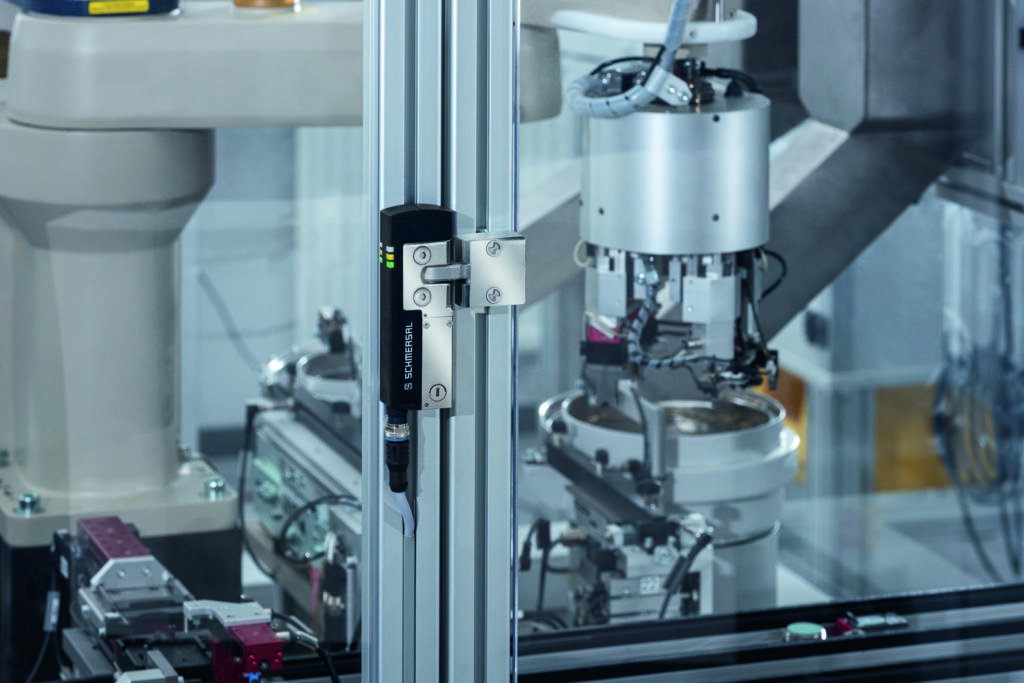
2021 Industrial automation LEAP Award Bronze to Phoenix Contact USA — NearFi coupler
In industrial automation, power and data are usually transmitted with the aid of connectors. However, in many applications, connectors have to be disconnected and plugged in frequently. For example, in automotive production, a robot and its gripping tool may provide hundreds of mating cycles per day. Contacts can become dirty and bend, limiting the service life of connectors. This leads to unplanned or unpredictable production downtime and regular maintenance intervals.
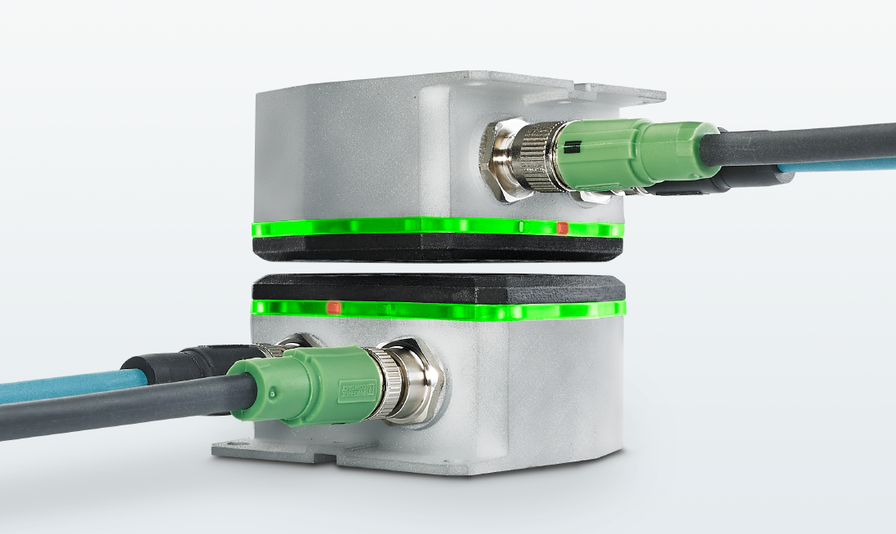
To simplify power and data transfer in these applications and avoid downtime, Phoenix Contact developed the new NearFi Technology. NearFi enables contactless energy and data transmission in the near-field range across an air gap of a few centimeters and even through nonmetallic materials such as plastic, glass, etc. In contrast to existing wireless communication solutions such as WLAN or Bluetooth, data transmission is completely latency-free and protocol-transparent, so that many time-critical Ethernet protocols such as PROFINET, Sercos, or Ethercat can be used.
The technology is being used for the first time in the new NearFi couplers from Phoenix Contact: A base coupler (for example, on the robot arm) transmits power and data to a remote coupler (for example, on the changing tool) without contact. This makes it easy to replace plug connections or slip rings that are susceptible to wear and also minimizes downtime.
Additional information from Phoenix Contact USA on the NearFi coupler: The industrial automation market often uses so-called real-time protocols (such as PROFINET IRT, Sercos or EtherCAT) that require communication with extremely low latency. With NearFi, these protocols can be transmitted contactless for the first time without significant latency.
This is made possible by synchronous bit-oriented transmission of Ethernet data, similar to that used in in optical fiber communication. Previous radio transmission technologies rely on packet-oriented transmission. Packets are first received, then repackaged and sent wirelessly. At the receiving end, the wireless packet must be received, unpacked, and output again. This process always leads to considerable latencies. With NearFi Technology from Phoenix Contact, data packets are transmitted directly bit by bit, so there is no latency.
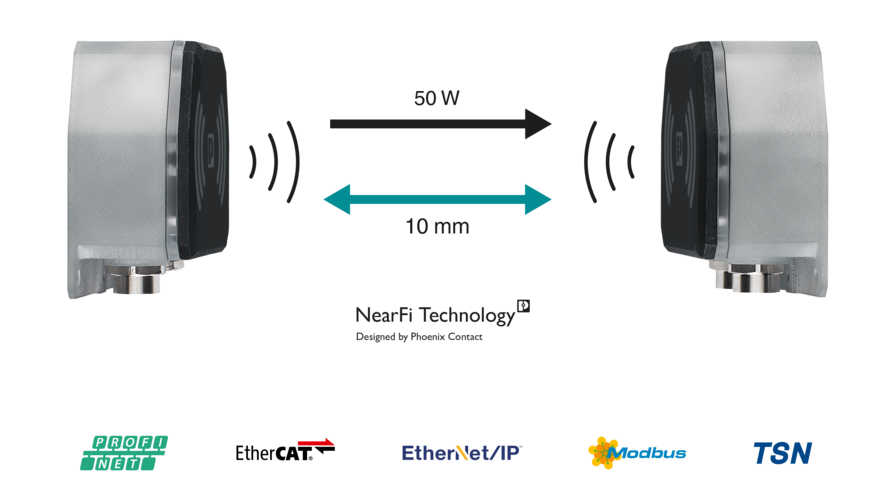
The transmission of real-time Ethernet protocols also requires full-duplex transmission – that is, simultaneous transmission in both directions. This also poses a problem for quite a few wireless technologies, such as WLAN or 5G. In NearFi technology, two 60 GHz links (one uplink and one downlink) are used in parallel on separate frequency bands to enable full-duplex operation.
By comparison, Wi-Fi produces a latency of about 10 to 20 milliseconds (ms) or 10,000 to 20,000 microseconds (µs) for an Ethernet transmission. 5G is targeting 1 ms (1,000 µs) in the future. NearFi offers a latency of about 2-3 µs, so it is about 500 times faster than 5G.
In addition to data transmission, NearFi also simultaneously enables inductive power (wireless power) up to 50 W (24 V/2 A). For this purpose, the base coupler generates a magnetic field via a coil, which is induced in the coil of the remote coupler. Active control selects the best possible parameters for transmission at all times. As a result, the power is not reduced over the distance, but is kept constant at 50 W over an operating range of 0 to at least 10 mm.
How much does NearFi change the industry or set itself as a benchmark? Phoenix Contact’s response: The goal of economic and efficient production in batch size 1 as well as securing international competitiveness and efficiency in the entire value chain, drives the entire industry. On the one hand, this makes extreme flexibility of production processes necessary. On the other hand, more and more production-related data must be obtained down to the sensor level to optimize processes. Innovative solutions for industry should help to make manufacturing processes more flexible and to collect or forward data efficiently. NearFi Technology enables both:
Thanks to contactless communication, which also allows imprecise positioning of base and remote couplers, production processes can be changed or expanded at will. This is because, in contrast to conventional connector solutions, base, and remote couplers can be routed to each other from any direction or even in rotation. Furthermore, the couplers do not have to be exactly centered, but can face each other with an offset or a tangential angle. This reduces to an extreme degree the precision requirements for the mechanical movement of two independent plant components.
In addition to these more practical advantages, NearFi also offers environmental benefits. This is because the technology is wear-free, unlike conventional connectors. When connectors become dirty or bent, we need to dispose of them. But we can continue to use a coupler without any problems, even when dirty. In this way, the technology saves resources and avoids unnecessary waste.
Because NearFi Technology allows energy and data to be transmitted via an air gap, the transmission is highly efficient and wear-free. The use of NearFi can reduce service calls, eliminate maintenance costs, and increase overall plant availability. Decreasing costs and optimized production processes significantly shorten the payback period in various industries as a result:
Automotive industry: Robots change their tools several hundred times a day. In the process, plug connections are loosened and mated each time. This causes the contacts to burn off quickly, become dirty, and bend. This leads to unplanned or unpredictable production downtime and regular maintenance intervals that quickly run into seven figures.
The same applies to communication between workpiece carriers and processing stations or the docking of robots to workstations in factory automation and the process industry.
Logistics and assembly line production: Goods carriers or workpiece carriers are moved along a roller conveyor or assembly line and stopped and processed at various positions. Due to the movement, it is very difficult to communicate to the goods/workpiece carrier. Classic radio systems and battery supply are current solutions but have many disadvantages.
Here, NearFi enables the perfect communication solution and, if required, the energy supply of the goods/workpiece carrier at any point of the roller conveyor/ assembly line.
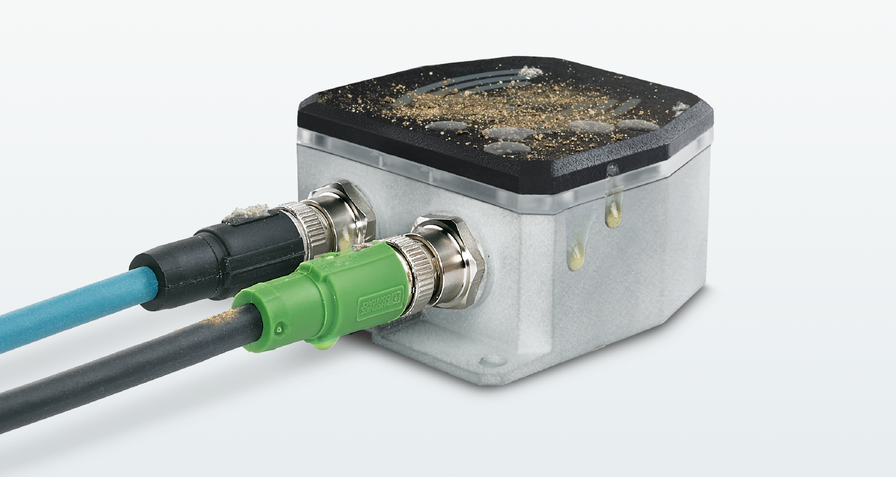
Wind industry: Communication into the rotating rotor is often solved with slip rings or optical rotary transmitters. Such slip rings or optical rotary joints are expensive and also wear out quickly. Communication failures happen often, requiring frequent maintenance. This downtime is especially time-consuming and expensive in the new offshore wind turbines, due to the difficult maintenance access. In many turbines, slip rings need to be replaced two to three times a year. Here, too, the NearFi couplers contribute significantly to higher added value.
2021 Industrial automation LEAP Award Bronze to Weidmuller — Rockstar Heavy Duty Connector
Today, heavy-duty connectors are used wherever safe, simple, and time-saving assembly of machines and systems is required. The Weidmuller Rockstar die-cast aluminum connector housings offer excellent protection against dirt, moisture, and mechanical stress … and special modular connectors make it possible to combine signals, power supply and data connections in a single connector.
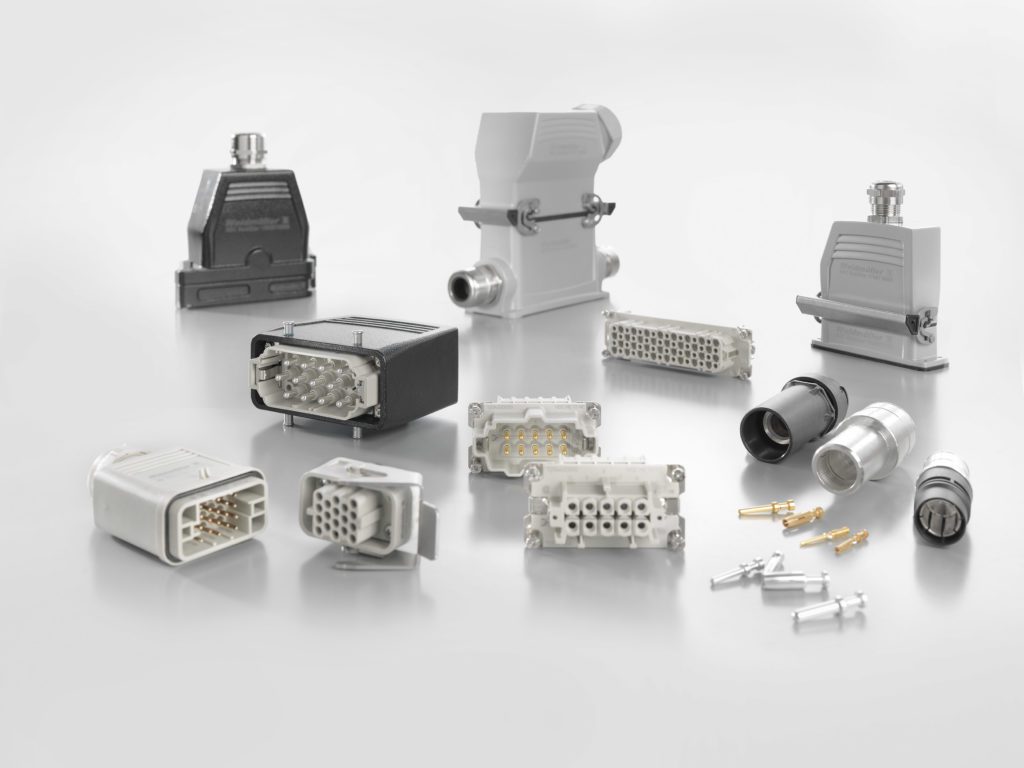 With its RockStar heavy-duty connectors, Weidmüller offers a future-oriented range with many patented innovations. The product range sets standards in its breadth and depth. RockStar redefines the standard.
With its RockStar heavy-duty connectors, Weidmüller offers a future-oriented range with many patented innovations. The product range sets standards in its breadth and depth. RockStar redefines the standard.
2021 Industrial automation LEAP Award Silver to EZAutomation/AVG Automation — EZTouch EZ7 Series Detachable Front
EZ7 is the latest in EZTouch® HMIs. It is a patent pending paradigm shift in HMI technology. In any HMI or Operator Interface Terminal, the most used or abused components are its touch screens and LCD displays. They are subjected to plant environment such as heat, humidity, oil mists, hose-downs for cleaning equipment, and the rest … and then you have the Operators who are no so gentle at times pressing on screen objects, sometimes even with screw drivers.
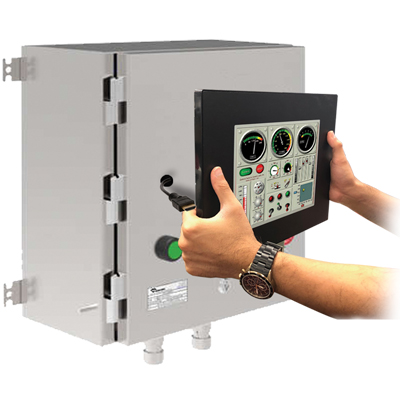
So, the first components to wear out are the touchscreen and LCD display. EZ7 has bifurcated the HMI in two parts, the Front End that has these vulnerable components, and the Back End which has the rest of the Electronics. As a side benefit, there is no longer a need to have a panel cutout, only a ¾-in. hole with a grommet is needed to pull through an HDMI cable to connect the two.
The Front End is stud mounted to the control panel and so is the Back End. When the Front End does go bad, it takes less than 2 minutes to replace it with a new one without disconnecting any cables from the Back End and the HMI is back in business. This also allows an inexpensive screen size upgrade, say from 7 to 12 in. The Front End is all metal with NEMA 4X Class 1 Div. 2 rating.
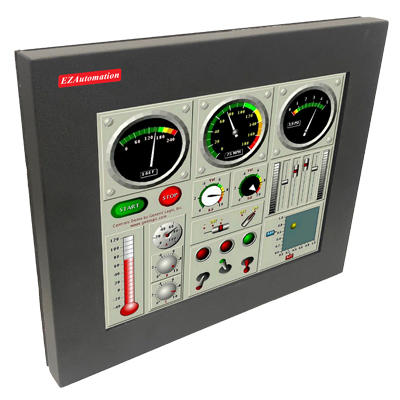
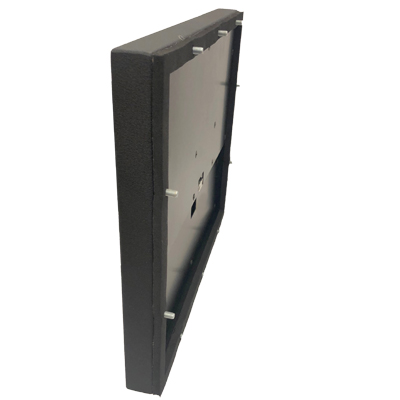
From a recent press release on the EZ7: Just like EZ3, EZ7 is available in 7, 8, 10, and 12-in. models. It is a top quality fully loaded HMI that has additional 23 exceptionally innovative features, it is designed and manufactured in America, and it is sold FactoryDirect at great prices starting with 7-in. model @ $599. It has 2 serial, 2 USB, 1 MicroSD and an Ethernet port built in every model. With universal connectivity to all major brand PLCs including DH+, the EZ7 HMI is an excellent choice for all kinds of applications.
Among the 23+ unique features, we have its patented on-line edit which allows its screen design to be edited on-line without shutting down the power to the HMI or the machine saving thousands of dollars in machine down time. It is NEMA4X and has the best display specifications in the industry, 400 NITs, 75K hours at 55 deg. C as compared to 300 NITs, 50K hrs. at 25° C from almost all our competition, meaning they would last only half as compared to EZ7 at even a 35 deg. C ambient temperature. Its ease of programming is legendary, no class is needed and even your CEO can design a moderately complex screen in just 10 minutes. It can be remotely monitored and controlled from a smart phone.
2021 Industrial automation LEAP Award Gold to Chieftek Precision USA Co., Ltd. — Ultra Thin stage and Mini Robot
The new Ultra Thin linear-motor stage from Chieftek Precision USA has a width of only 0.8 mm — making it excellent for low-load biotechnology and laboratory automation applications. The UF-30-09 miniature linear-motor stage also delivers forces to 6 N and repeatability to ±3 μm to support use in electronics assembly, medical pipetting, and other high-precision applications. In addition, the new Mini Robot from Chieftek Precision USA operates within a footprint the size of A4 paper — making it excellent for space saving automation applications. The S0 is a small collaborative robot with a 0.5 kg payload capacity. Its 3.5 kg weight allows the robot to be relocated at will — also impart less movement inertia during operation. The special folding design creates more path planning for higher motion efficiency. It’s a robot design that supports the trend of human-robot collaboration. From the same Mini Robot series is also the DB0 — a compact, 4.7-kg six-axis robot arm. This version keeps the working space free of clutter by allowing closer mounting of the arm to the workpiece and other machinery. Repeatability is to 5 μm, and the DB0 also provides a guided panel for easy path planning.
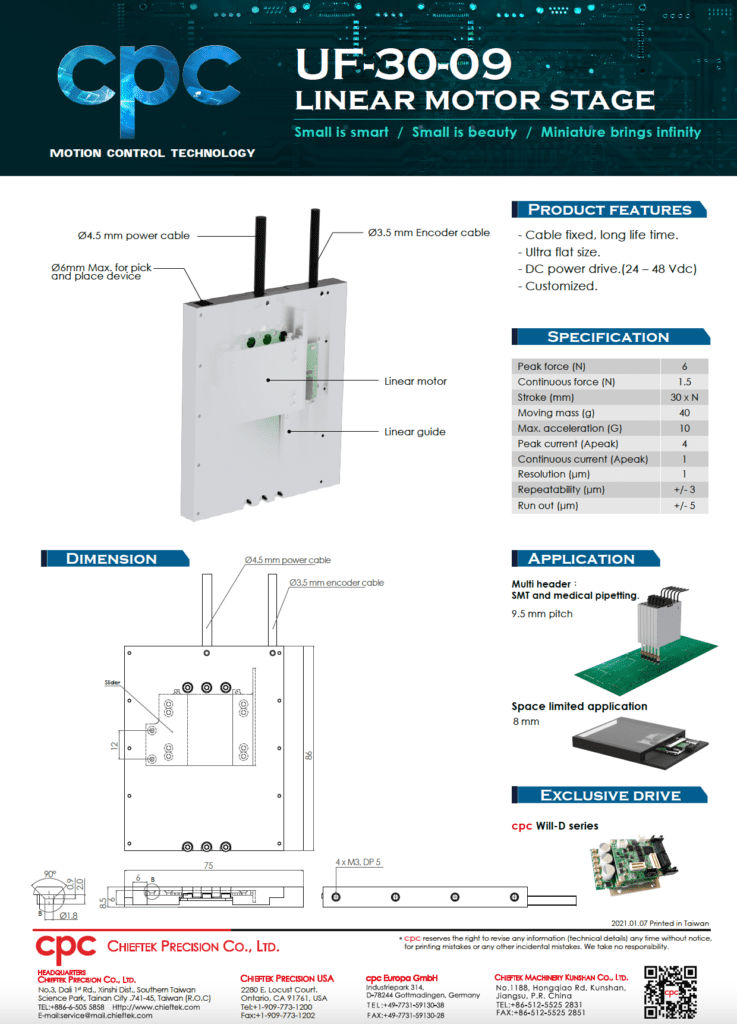
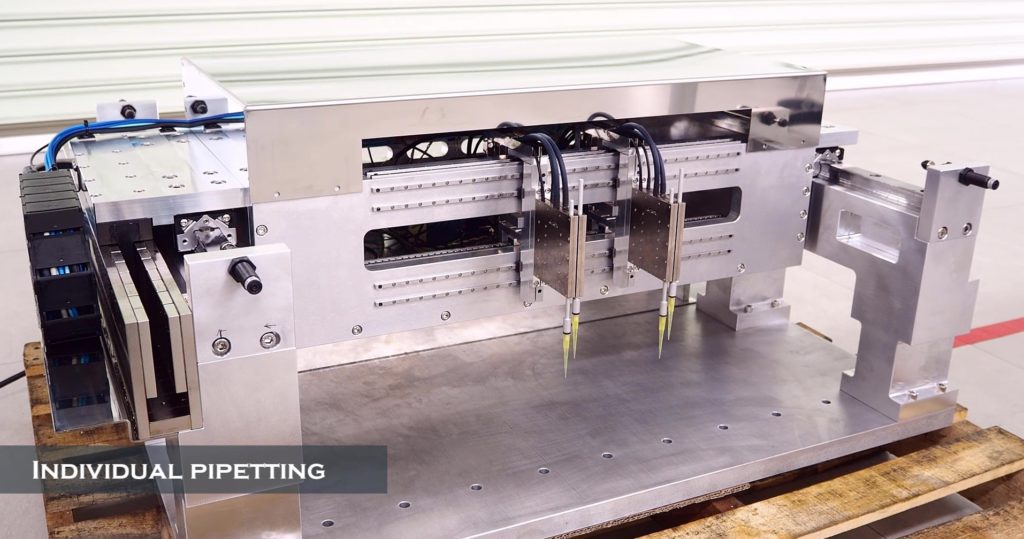
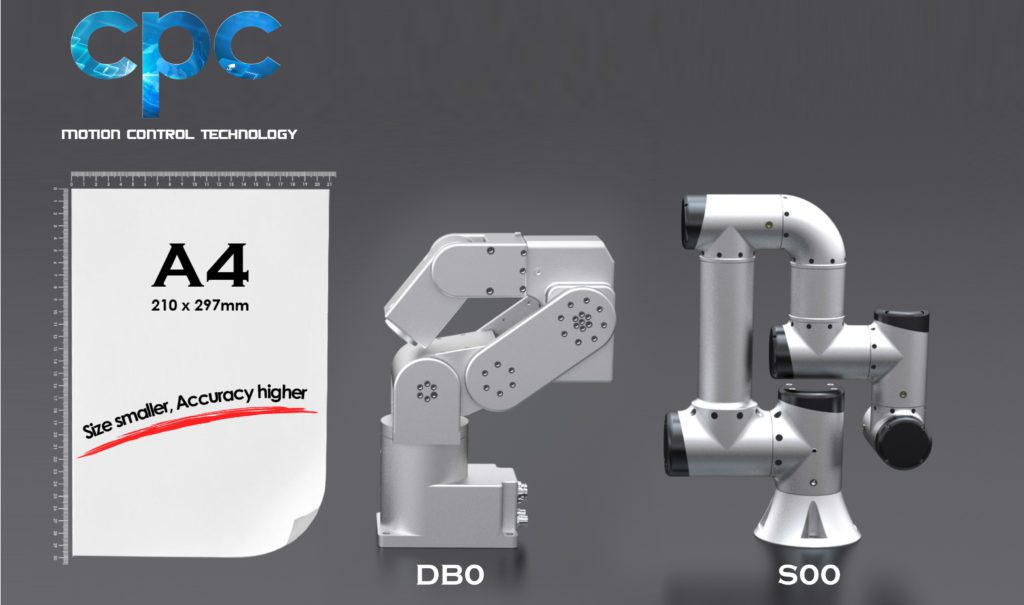
The judges commented: “Compact, accurate and efficient. This is ideal for high-speed, low-payload applications where very compact size is required.”
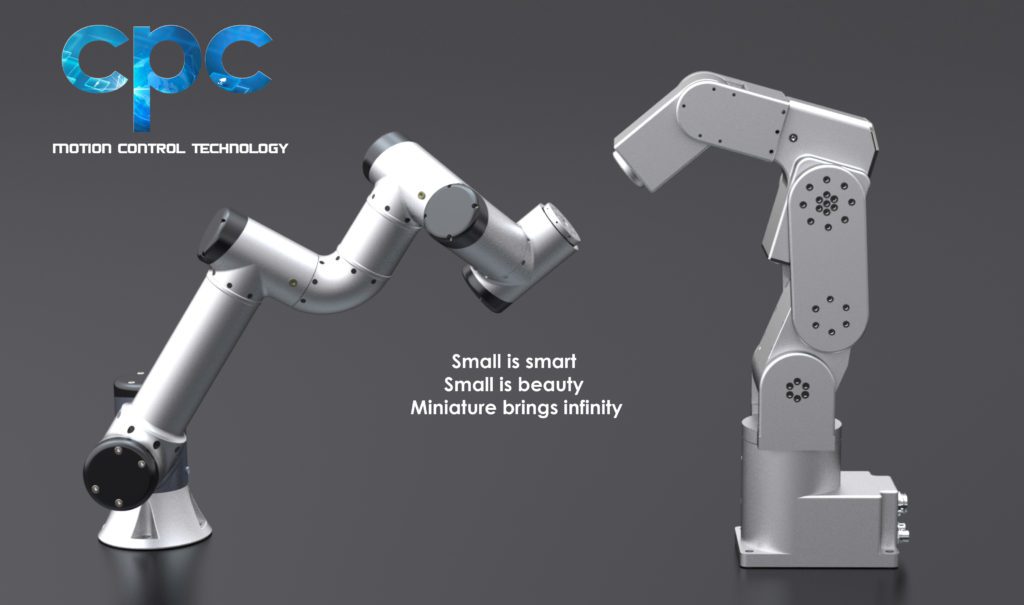

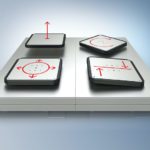
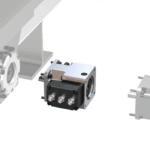
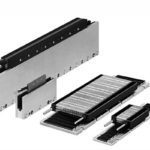
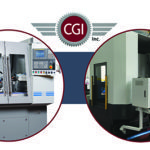

Leave a Reply
You must be logged in to post a comment.